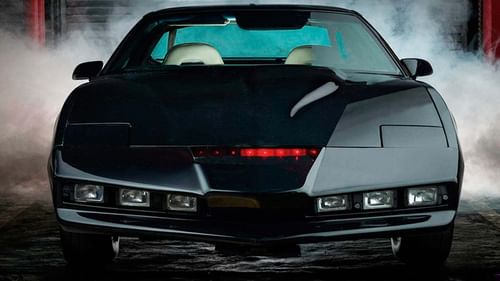FailCar rants: Journalism and PR – walk the line

Yesterday @FailCar posted a link to Jalopnik's Ten Worst Car Reviews of 2012. You can read the article here. Having immediately clicked the link and scrolled down to check if PetrolBlog had made the list, I engaged in a conversation with FailCar about the merits of the article, journalism, blogging and funded editorials. Within a matter of minutes, FailCar had emailed a rant through to PetrolBlog HQ. Here are his words.
Over the past few years, I assume in part to the financial situation with many publications, I have noticed that the line between journalism and PR seems to be getting thinner, making things harder for both enthusiasts and other consumers to sift through and find out if what they are reading or watching is truly independent journalism or is funded by the behemoth PR machine.
This is made all the more confusing as in some cases press releases are even sent out with quotes saying “Motoring Journalist Mr X has said...” when clearly to informed people Mr X is being paid by the very company that has put the release, video or whatever out there.
But do consumers really understand this? I can’t help but think that if someone is being paid to produce a video for ‘Company A’ they then can’t really go and produce a totally independent article reviewing a product of ‘Company A’. How can they be giving consumers a non-biased informed opinion when at the back of their mind they must be thinking about future pay cheques from said company?
In the meteoric rise of online motoring content it seems that the traditional method of informing consumers by way of labeling it as ‘THIS IS AN ADVERTORIAL FEATURE’ is somewhat absent in the multi-dimensional methods of content delivery these days, be it website, video or even social feeds. Remember what happened with Mr Rooney and Nike? Sadly not all feeds are as carefully monitored.
The more obvious paid-for content is not the only thing making the journalism/PR line thinner as with more blogs springing up all the time the desire to get products as much coverage as possible is resulting in larger access to press vehicles and events than ever before and as a result of this some people seem to be (perhaps) inadvertently turning themselves into an extension of the PR office for various manufacturers.
Blowing smoke up the a*se of a manufacturer does not make for an entertaining bit of content. Of course it’s acceptable to give credit where it’s due on some vehicles but to complete a ‘review’ of a car without even touching on any of the negatives is bonkers and in my mind no different to the paid-for content that Mr X is producing for Company A. I assume the reason for this bias is the fear that should anything negative be said about a test car then they will be on some sort of PR blacklist and not get to play with new metal in the future.
This fear is on the most part completely unfounded so long as the criticism aimed at the product is constructive. For instance, to go all ‘wannabe Clarkson’ and blurt out that the car is a bit rubbish is out of order and it’s not really helping anyone. To constructively say why a particular aspect of a car is poor in comparison to its contemporaries will actually be useful feedback to both the consumers and the manufacturer. The original MX-5 was rumored to originally have gone into development thanks to the input of a motoring journalist and I’m sure there are thousands of other vehicle developments that have been affected by the work of journalists.
To me it seems to make sense that when you want to be a journalist that is taken seriously you have to pick a camp to be in and being committed to providing independent content and advice is paramount.
Maybe I’m wrong and while writing this on my excellent Samsung Galaxy S3 which, incidentally, is inspired by nature, I have missed that perhaps people can seamlessly integrate working for both camps without anyone noticing.
What do you think?
Read about Wayne Rooney being reprimanded for advertising Nike on Twitter on the Telegraph website.





